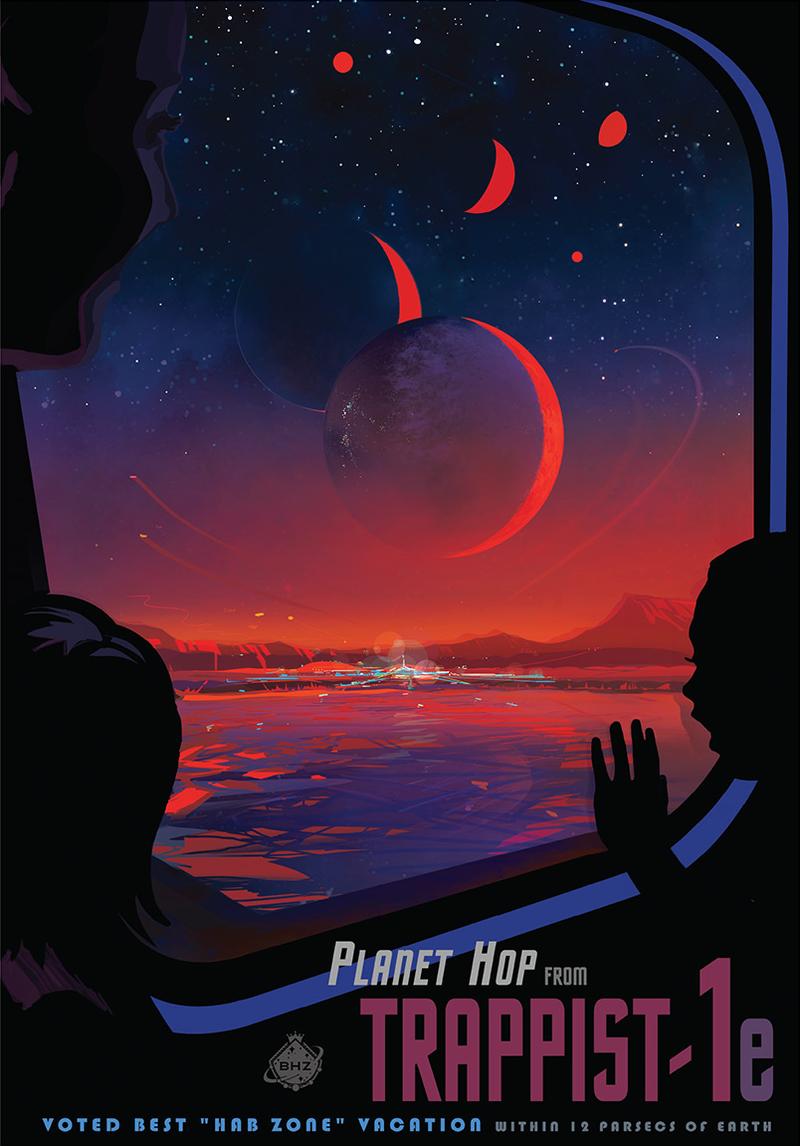Click on the 'Listen' button above to hear this interview.
This week, scientists announced two major discoveries that have the potential to drastically alter modern understandings of the cosmos.
Several recent studies have found a new, faster figure for the rate at which the universe is expanding, known as the Hubble constant. If these findings are accurate, astronomers may need to rethink some of the physics that they've been using for the last 15 years to track the universe's growth.
Yesterday, a report by NASA was published announcing the discovery of seven Earth-size planets that are orbiting a dwarf-star named TRAPPIST-1. The star and its planets are located roughly 235 trillion miles from Earth, but despite the considerable distance, scientists are very optimistic about what this set of planets could mean for signs of life within the universe.
Jason Kendall, adjunct professor of astronomy at William Paterson University, joins The Takeaway to explain the significance of these developments.

